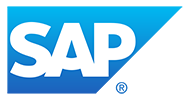Confused employees. Frustrated HR teams. Should everyone see their full accrual balances—or just part of the picture? Discover what two HR leaders have to say and how CloudApper hrPad offers a smart, customizable solution. Don’t miss this debate!
Table of Contents
Recent studies show that 60% of employees don’t fully understand their accrual balances, leading to confusion, frustration, and unnecessary back-and-forth with HR. In some cases, lack of visibility causes employees to delay taking much-needed time off, while in others, misunderstandings lead to payroll disputes. But should companies give employees complete access to their accrual balances, or is there a need for some restrictions?
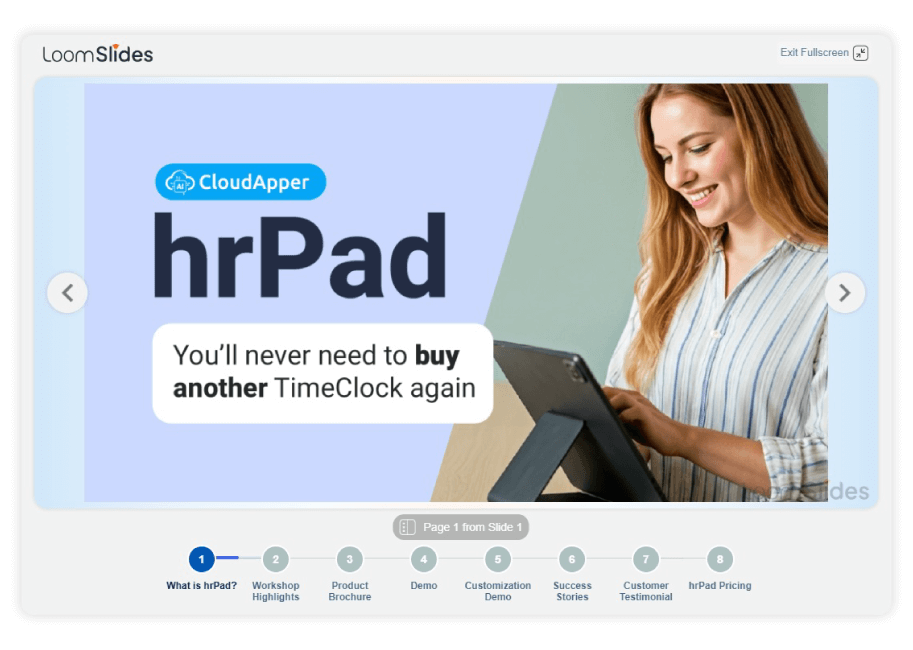
For more information on CloudApper hrPad visit our page here.
To explore both sides of this issue, we sat down with two HR leaders: Sarah, an HR Director at a mid-sized retail chain, and James, a VP of HR at a national healthcare organization.
Sarah: Transparency Builds Trust and Reduces HR Workload
“I believe that full transparency is a must. When employees can clearly see their time-off accruals—how much they’ve earned, what’s available, and what’s pending—they can make informed decisions. It reduces unnecessary HR inquiries and prevents misunderstandings that lead to frustration.”
“For example, at my previous company, employees had to email HR every time they wanted to check their PTO balance. HR would pull reports manually, which wasn’t always up to date. It created delays and led to complaints. Once we introduced an automated system where employees could check their accruals in real time, we saw a 40% drop in PTO-related HR requests.”
James: Some Limitations Prevent Misuse and Misinterpretation
“I understand the benefits, but complete transparency can sometimes create problems. Employees don’t always interpret accrual balances correctly. For instance, an employee might see a large balance and assume they can use it all at once, not realizing company policies restrict how much PTO they can take in a single period.”
“Another issue is compliance. In healthcare, we have complex accrual rules depending on the state, position, and union agreements. If employees see only a raw balance number without context, it could lead to disputes. A better approach is giving employees visibility with explanations—showing what’s available for use versus what’s accrued but not yet accessible.”
Sarah: Clarity Solves Misinterpretation Issues
“That’s why the way you present the information matters. If you simply show employees a number with no explanation, of course, there will be confusion. But if your system provides clear labels—like ‘Available Balance’ versus ‘Total Accrued’—employees will understand what they can actually use.”
“CloudApper hrPad employee self-service kiosks does this well. It integrates with all major HCM and HR solutions and lets employees check their balances anytime, with clear breakdowns of accrued, available, requested, and scheduled time. It removes the guesswork and reduces unnecessary HR back-and-forth.”
James: A Balanced Approach Works Best
“That’s a fair point. I think the key is controlled transparency—employees should see what they need, but with the right context. CloudApper hrPad seems to offer that flexibility, allowing organizations to configure what information employees can access based on company policies.”
“I like the idea of giving employees self-service access but ensuring that they see their accruals with explanations. That way, they’re informed without the risk of misinterpretation.”
Finding the Middle Ground
Both Sarah and James agree that employees need visibility into their accrual balances, but how much depends on company policies and workforce needs. While full transparency builds trust and reduces HR workload, it’s crucial to present information in a way that prevents confusion.
With CloudApper hrPad , companies can customize how accrual balances are displayed, ensuring that employees see accurate, real-time data with clear explanations. Whether you prefer full transparency or a controlled approach, hrPad helps HR teams maintain clarity while minimizing administrative burdens.
What’s your take? Should employees have full visibility into their accrual balances, or should there be some restrictions? Let us know in the comments!
What is CloudApper AI Platform?
CloudApper AI is an advanced platform that enables organizations to integrate AI into their existing enterprise systems effortlessly, without the need for technical expertise, costly development, or upgrading the underlying infrastructure. By transforming legacy systems into AI-capable solutions, CloudApper allows companies to harness the power of Generative AI quickly and efficiently. This approach has been successfully implemented with leading systems like UKG, Workday, Oracle, Paradox, Amazon AWS Bedrock and can be applied across various industries, helping businesses enhance productivity, automate processes, and gain deeper insights without the usual complexities. With CloudApper AI, you can start experiencing the transformative benefits of AI today. Learn More
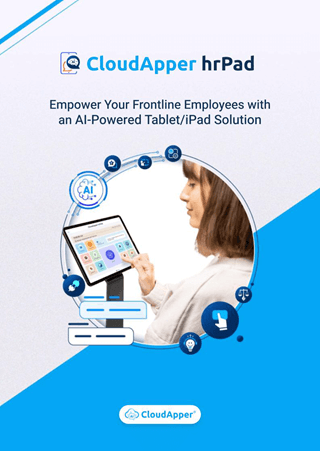
Brochure
CloudApper hrPad
Empower Frontline Employees with an AI-Powered Tablet/iPad Solution
Download Brochure
CloudApper AI Solutions for HR
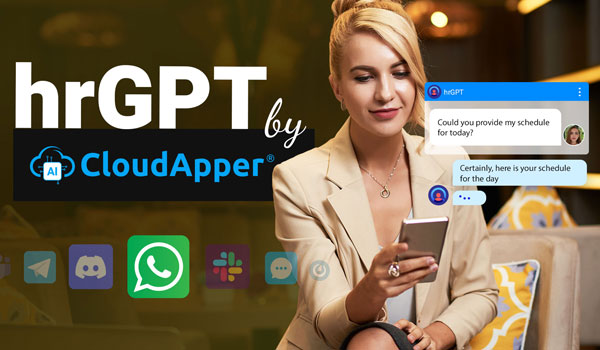
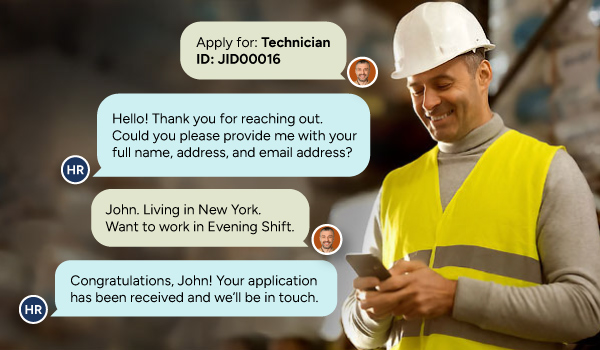

- Works with
- and more.
Similar Posts
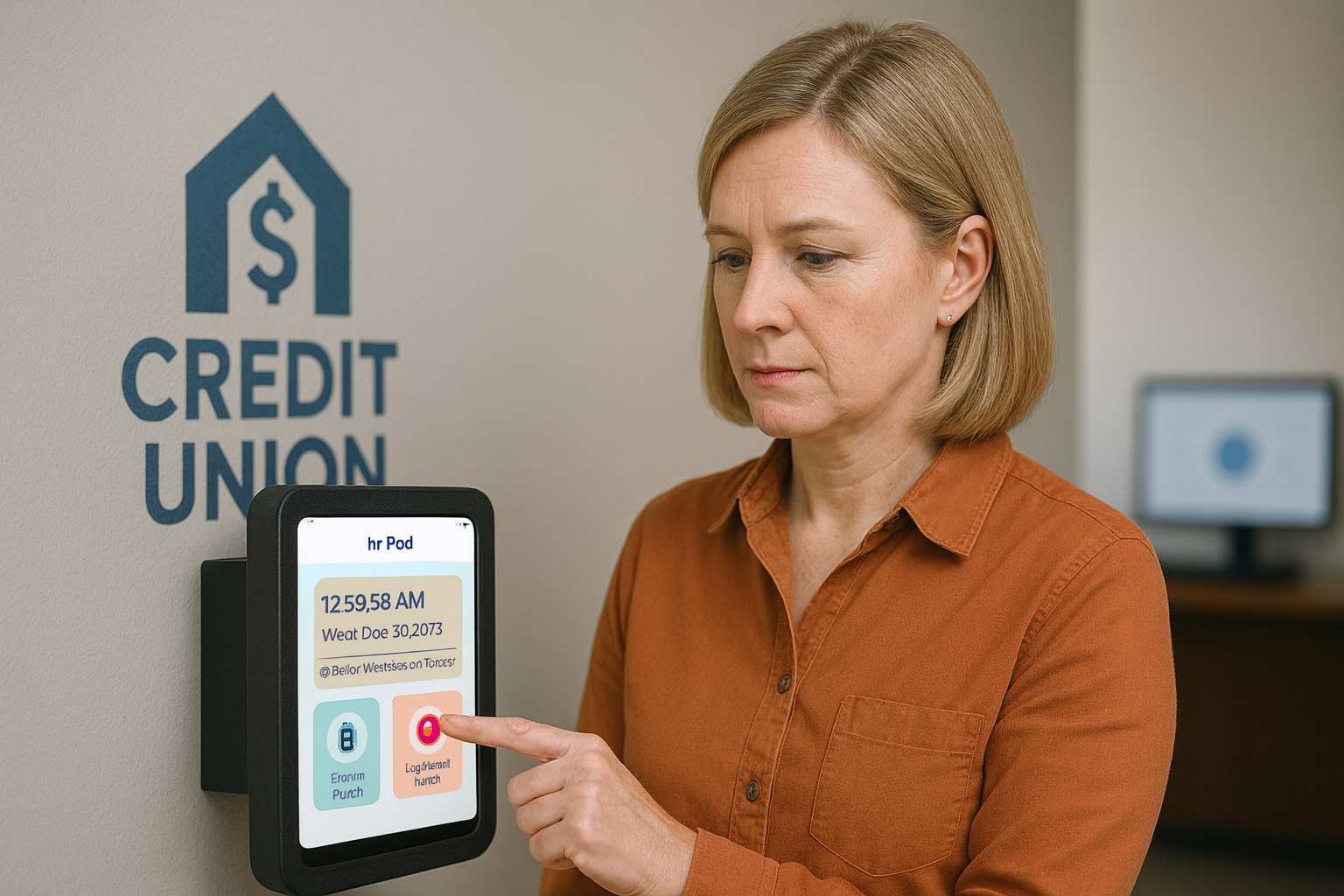
How One Credit Union Solved HR Fragmentation During a Major…





